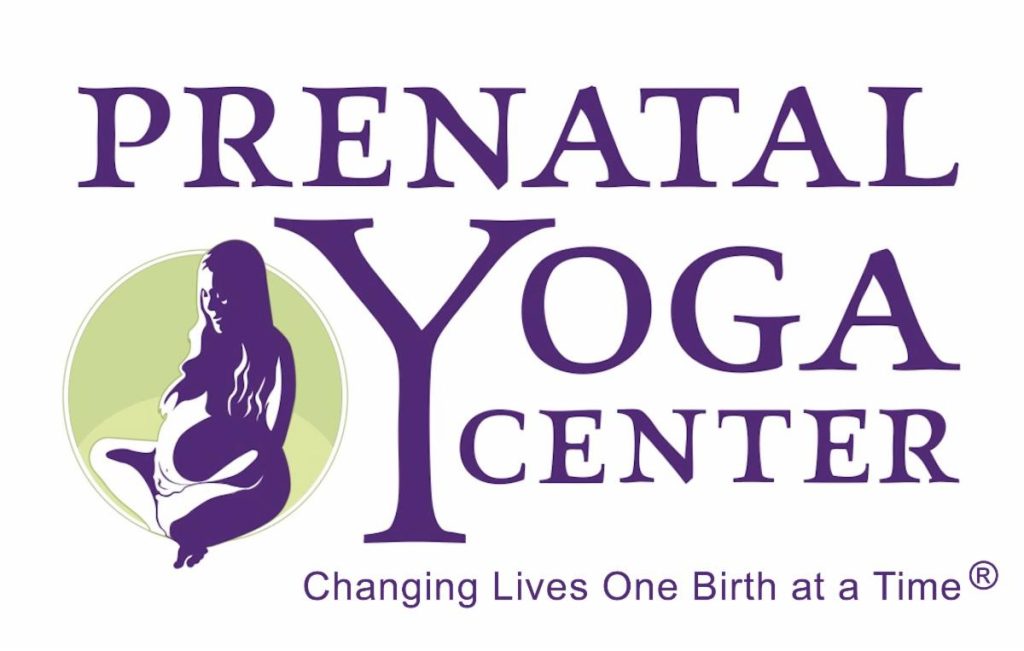Navigation
- How Movement Helps Regulate the Nervous System in Labor
- Why Relaxing the Pelvic Floor is Key for Birth
- Bringing Movement Into Your Birth Plan
- Here’s some additional resources to enjoy!
- FAQs
Last week, my son had a terrible tooth infection that eventually required surgery. The antibiotics took nearly a day and a half to kick in, and even with Tylenol and Advil, he was in relentless pain. By Thursday night, he was completely exhausted—his little body tense, his breath shallow, and his nervous system stuck in a state of distress.
I tried every relaxation and breathing technique I knew from my doula days, hoping to help him soften into the pain rather than fight against it. But nothing was working. He was bracing, gripping, and resisting—his body rigid with discomfort. Then, almost instinctively, I placed my hands on his back and started to gently rock him. I watched as his shoulders softened, his neck released, and his breath deepened. I rocked his hips and legs, and within minutes, I could feel the tension melting away.
I couldn’t believe I hadn’t tried this sooner! When we’re in pain—whether from a toothache, an injury, or labor contractions—our natural reaction is often to tighten up. We clench our muscles, hold our breath, and brace for impact. But this tension actually amplifies discomfort, making pain feel sharper and more overwhelming. Gentle movement, like rocking or shaking, signals to the nervous system that it’s safe to relax, which can help release muscle tension, regulate breath, and shift the body into a more manageable state.
How Movement Helps Regulate the Nervous System in Labor
Labor is an intense experience, and just like my son’s toothache, it can trigger a fight-or-flight response in the nervous system. When we perceive pain, the sympathetic nervous system (the system responsible for survival mode) kicks in, preparing us to fight, flee, or freeze. This response often leads to shallow breathing, muscle tension, and a clenched pelvic floor—all of which can actually slow down labor and make contractions feel more painful.
On the other hand, movement and rhythmic touch help activate the parasympathetic nervous system—the body’s rest-and-digest mode. This shift encourages deep breathing, muscle relaxation, and a sense of safety, which supports the body’s natural ability to birth.
One incredible technique that utilizes this concept is “Shaking the Apple Tree” (originally Äpfel schütteln), developed by a German midwife. By gently and rhythmically shaking the hips, buttocks, and legs, this technique releases tension in the pelvic floor, allowing the baby to descend and rotate more easily. When the body is relaxed, the pelvic floor is more flexible, making way for smoother progress in labor.
Why Relaxing the Pelvic Floor is Key for Birth
Many people don’t realize that the pelvic floor and jaw are deeply connected—both physically and neurologically. Tension in one often reflects tension in the other. That’s why relaxing the jaw and using low, open sounds (think deep moans rather than high-pitched yelps) can actually help the pelvic floor soften.
In labor, a tight pelvic floor can slow dilation and make pushing more difficult. It’s essential to keep this area as relaxed as possible to allow the baby to descend smoothly. Here are some ways to encourage pelvic floor relaxation during labor:
- Shaking the Apples! Have a partner or doula gently shake your hips or upper legs. It’s nearly impossible to stay clenched when your muscles are being moved rhythmically!
- Gentle Jiggle. A very light jiggling of the sacrum or legs (think the soft wobble of a panna cotta) helps release fascia and encourage relaxation.
- Relax Your Jaw. Keep your lips soft, your tongue resting at the bottom of your mouth, and your jaw slightly open.
- Use Open and Low Sounds. My longtime motto: “Open throat, open vagina!” The cervix and vocal cords share similar tissue, and keeping the throat open encourages the pelvic floor to do the same.
Bringing Movement Into Your Birth Plan
When planning for birth, we often focus on positions and pain relief techniques, but movement should be just as much a part of the equation. Whether it’s gentle swaying, rocking, jiggling, or “Shaking the Apples,” finding ways to stay loose and relaxed can make a huge difference in how labor unfolds.
If you like the idea of hands-on support during labor, join us for our upcoming Comforting Touch for Birth workshop! You’ll learn “Shaking the Apple Tree” and many other techniques to help you feel supported and empowered during birth.
By understanding how the nervous system responds to pain and learning how to soften into labor rather than fight against it, you can work with your body rather than against it—helping to create a smoother, more comfortable birth experience.
Here’s some additional resources to enjoy!
- How Stress Affects Your Pelvic Floor with Hayley Kava PT, MPT
- Polyvagal Theory and Birth with Chantal Traub
- Psoas Muscle: How it Affects Pregnancy, Birth and Postpartum Recovery
At the Prenatal Yoga Center, we hold both in-person and online classes for expectant and postpartum folks. To view our list of classes for Prenatal and Postnatal Yoga click the button below.
FAQs
What breathing exercises regulates the nervous system?
Several breathing exercises help regulate the nervous system by promoting relaxation and balance. Sama Vritti (even fluctuations) of 4 counts in and 4 counts out, calms the mind, while alternate nostril breathing enhances mental clarity. Extended exhale breathing and sighing breath activate the parasympathetic nervous system, reducing stress and tension.
Can I move through out my labor?
Yes, movement during labor can help manage pain, encourage optimal fetal positioning, and support progress. Changing positions, walking, swaying, and using a birth ball can enhance comfort and efficiency in labor. Always listen to your body and adjust as needed.
How far into my pregnancy can I practice yoga?
You can continue your yoga practice right up to birth.







